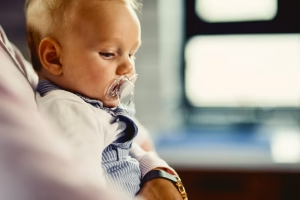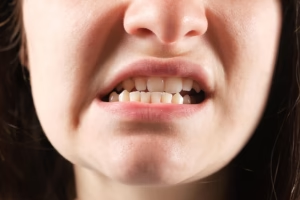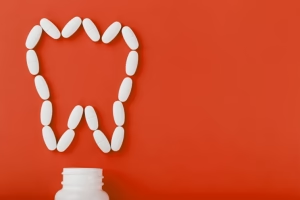Why Do Dentists Fix Cavities for Children?
5 January 2018

Growing up, your children will lose their baby teeth. But just because they will lose them eventually, does not mean they shouldn’t take care of them. Until the adult teeth kick in, baby teeth are the only teeth your children will have besides molars.
People usually have 20 baby teeth, and up to 32 permanent teeth and that’s a lot of teeth to care for. Oral hygiene is extremely important from the very beginning of life. However, despite the good teachings and practices, we all end up with a cavity or two, and so might your kids.
When that happens, you need to take certain measures in order to help your children protect their oral health. Read on to see in which situations to take your children to see the dentist and how to help them maintain good oral health.
The decaying process
Dental plaque, a sticky film of bacteria, is something that we’re all exposed to. It constantly forms on our teeth and this is why oral hygiene and regular plaque removal are crucial for our dental health. Foods and drinks high in sugar, particularly “help” plaque formation.
Then the bacteria in it produce acids that damage tooth enamel. When a tooth is constantly exposed to acid – the enamel is damaged and the decay process begins. This process can be stopped by an early dentist intervention, but if it progresses, your child may need a root canal or tooth extraction instead of a filling.
If you’re located in Brisbane and Gold Coast, contact us at MGA Dental and schedule a check-up for your kids.
Fillings for Tooth Decay
If the baby tooth is not ripe for extraction, children get fillings. They are made from the same materials as the ones used on adults, white composite and metal. Metal fillings are the parents’ most popular choice as they are cheap and durable.
They might not look as good as composite fillings which blend in with the tooth, but this should not be a concern, since the baby teeth will fall out anyway.
Consult with your dentist and figure out the best suitable solution for your child.
Preparation for the procedure
Your child will most likely have tons of questions about the expected procedure. To prevent the dental anxiety, talk to them openly and honestly. Most times, children won’t be prepared to undergo a procedure the first time they see a dentist.
But it will help them get familiar with the dentist, and the dentist can go through the procedure with them by explaining what it includes and describing each step of the way, in kid-friendly language.
Depending on the child, your dentist will fix one cavity at a time, or all cavities at once. Make sure you bring their favourite toy to the dentist, and be patient and comforting if your child starts to cry.
Replacing old fillings
Even if you take your child to the dentist regularly, and if all the cavities are dealt with in time, it doesn’t mean that a once fixed cavity won’t come back. Unfortunately, the only thing that you can do about it is getting a decay removal and a new dental filling.
This does not mean that your dentist did a bad job. When a filling gets old, the margins where it meets the tooth are not so firm anymore. The bacteria that can easily get there is hard to remove, and this is why a new decay is developed, not far away from the old one.
Cracked and chipped teeth also need fillings
A tooth decay is not the only condition that requires dental fillings. When your kids have a dental trauma (broken, cracked and chipped teeth), they will sometimes need to get fillings and crowns as well.
Other reasons for having this procedure are teeth that are not shaped properly, as well as underdeveloped teeth. The recommended treatment will depend on the location, the severity and the type of broken/chipped tooth.
Sometimes, the crack can be simply polished. When fixing permanent teeth, most dentists opt for crowns as they are a better and more durable solution than a filling in these cases.
Prevention measures
Although regular check-ups are a great way to take care of your child’s dental health, it’s much better to prevent the issues from occurring by following several easy steps.
Don’t let your children eat too many sweets and limit their snacks. Sugary drinks (soft drinks) and foods rich in simple carbohydrates are to be avoided at all costs.
Brushing twice a day is a must.
However, don’t encourage your children to brush immediately after meals as this could cause enamel erosion and damage your childrens’ teeth.
Wait for 30 minutes instead and don’t worry – plaque won’t do them any damage during this short period.









